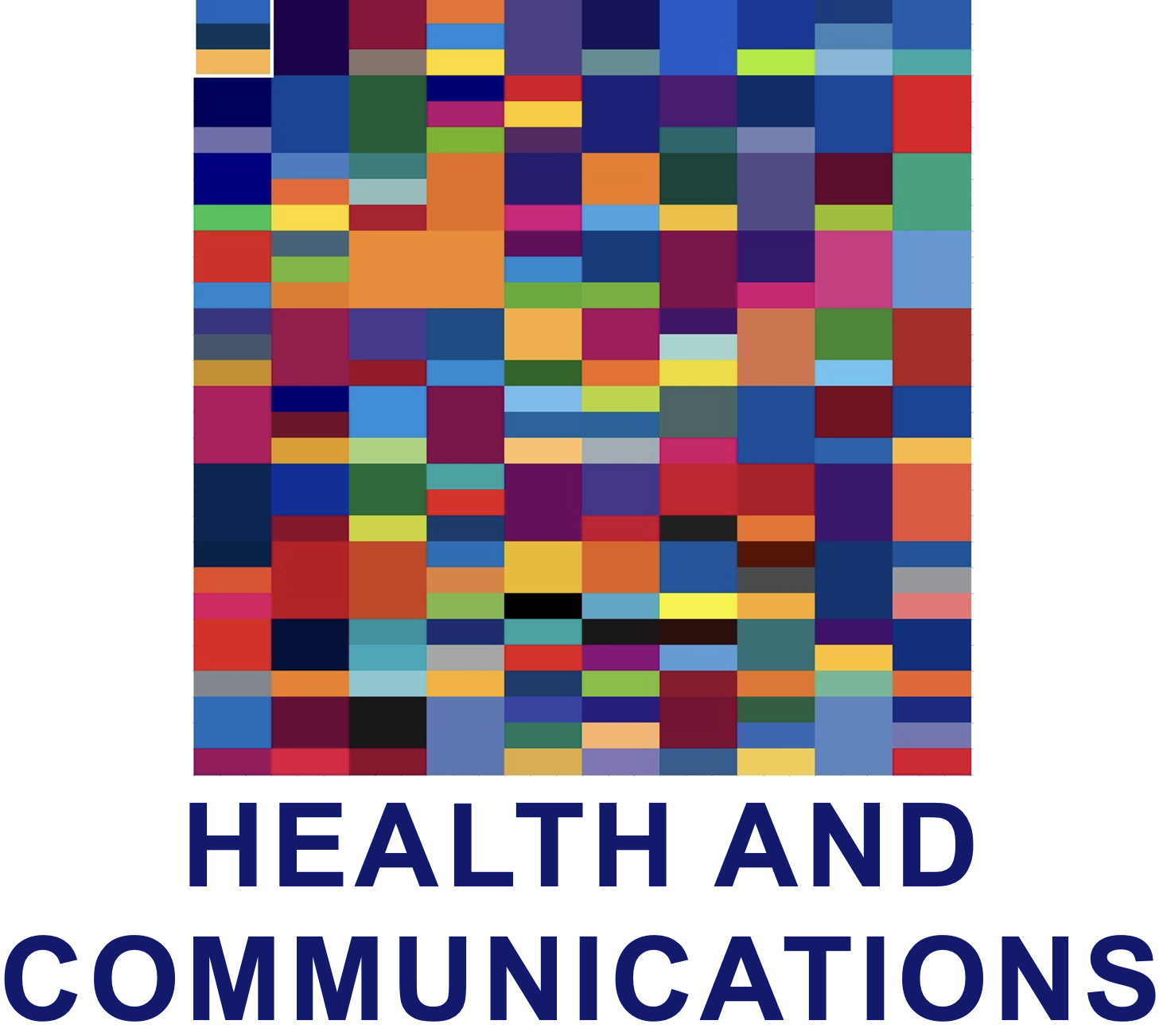The Global Fund for...Health?
Like Gavi, The Global Fund has recently rebranded itself. And like Gavi it has changed both its logo and its name. But the implications of the Global Fund's changes may be far more consequential and presage some truly remarkable shifts in the world's approach to healthcare.
On October 29th, with the help of Brand Union, the Global Fund released a new logo (above, top) that at first glance seems barely different from the previous logo (above, bottom). The new font (Gotham) is a little more rounded (look at the G) and more generously-spaced horizontally.
But notice that the remainder of the name is missing from the new logo. The Fund is clearly committed to, and still focused on, the three diseases. And there are enough other Global Funds (–for Women, –for Children, etc.) that reducing ambiguity would seem a good use of the logo. So why make the change?
I believe the Fund's Executive Director, Dr. Mark Dybul, is positioning the organization to one day become the Global Fund for Health and a first step in that process is to slowly de-couple the Fund from just these three diseases.
In a September 14, 2010 debate hosted by the Center for Strategic and International Studies (CSIS), Dr. Dybul –long before his current appointment– argued for the transformation of the Global Fund to Fight AIDS, Tuberculosis and Malaria into a Global Fund for Health. He expressed similar views at Columbia University’s International Center for AIDS Care and Treatment Programs (ICAP) on World AIDS Day in 2009, in various writings, and on other occasions.
And since assuming leadership of the Fund, I think there's also been a subtle shift in the rhetoric used. Just this June, at a TEDx talk he gave in Vienna, Dybul said:
We've had more scientific advances in the last couple of years that we have the opportunity to defeat these three diseases; to end them as epidemics. Now, they'd still be around, but they wouldn't be threats.
Compare this to the words of the former Executive Director, Michael Kazatchkine, who spoke of eliminating malaria as a public health threat by 2015, etc. One could argue that Dybul is shifting our expectations of the Fund's goals, further from eliminating these diseases and more toward managing them. Once that was achieved, it could free the Fund to broaden its focus to health overall.
Nor is Dybul alone. Google "global fund for health" and you'll get some 100,000 hits (–up nearly 6,000 hits in just the last five days). More than 500 of those hits also incorporate Dybul's name.
So is the name change in the new Fund logo a step toward a broader mission? I can find nothing that states this explicitly. On the other hand, if that were the goal, then from a marketing and communications stand point, that's exactly how I'd do it.

